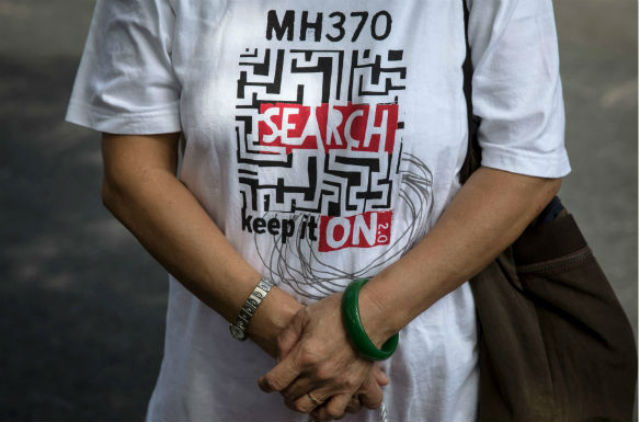With every 12 months that go by, we rack up at least a year's worth of hard work, experience, success, failure and intrigue, though it quite often feels like a lot more - or perhaps we just marvel at how much was packed in. So, as aerospace turns the calendar on 365 days that saw their share of all those things, taking in programmes, politics, corporate manoeuvres and operational milestones, here at Flight International we have tried to select notable events that describe the breadth of recent industry experience, viewed of course with the perfect vision of hindsight. At very least, we hope you enjoy our recap of 2018's toil, triumph and surprise

Roman Pilpey/EPA-EFE/REX/Shutterstock
One of the most notable aviation events of 2018 was, essentially, a non-event. More than four years after the Boeing 777 left its Kuala Lumpur-Beijing flightpath and disappeared with the presumed loss of all 239 souls on board, the search for Malaysia Airlines flight MH370 was finally called off, having found nothing.
Despite intensive application of undersea search technology more exotic than the missing aircraft and some inkling as to where to focus an Indian Ocean search – based on last contact and a series of satellite communications "handshakes" – all that has turned up are a few scraps of 777 on African beaches.
With very little evidence to work on – and, of course, no wreckage or black box – the Malaysian government's final report could reach no conclusions. Much circumstantial evidence points to a deliberate act: a mysterious turn-back; the abrupt loss, with no indication of faults, of five systems for communicating location; a disturbingly precise course to Penang, the captain's birthplace, circumventing Indonesian airspace and the extraordinary discovery on the captain's home simulator of plotted waypoints charting a course similar to that of the missing aircraft.
Connecting such evidence to events, though, is the domain of speculation. Neither pilot was known to be under pressure in their private life nor showed outward signs of stress or anxiety. And there is no evidence that anyone other than the two pilots flew the aircraft. So, in the end – and the Malaysian government insists it will never abandon the "aspiration" of finding MH370 – it is reasonable to presume the aircraft was destroyed deliberately for reasons that will remain as elusive as the wreckage.
There is, though, some compensation in the form of an impending boost for air travel safety. Aircraft flying over open ocean or very remote regions often go out of sight of radar and ground-based automatic dependent surveillance – broadcast (ADS-B) identification and position signal receivers and are hence untrackable.
But the MH370 tragedy focused minds to exploit an unintended characteristic of ADS-B, which is that the signals, though broadcast "down", are in fact easily picked up by satellites in orbit. With all commercial aircraft due imminently to carry ADS-B equipment and several constellations of satellite-borne ADS-B transponders now entering service, the prospect of another MH370 – with communications down owing to technical failure, crew incapacity or intentional silence – should soon fall to more or less zero.
Source: Flight International



















